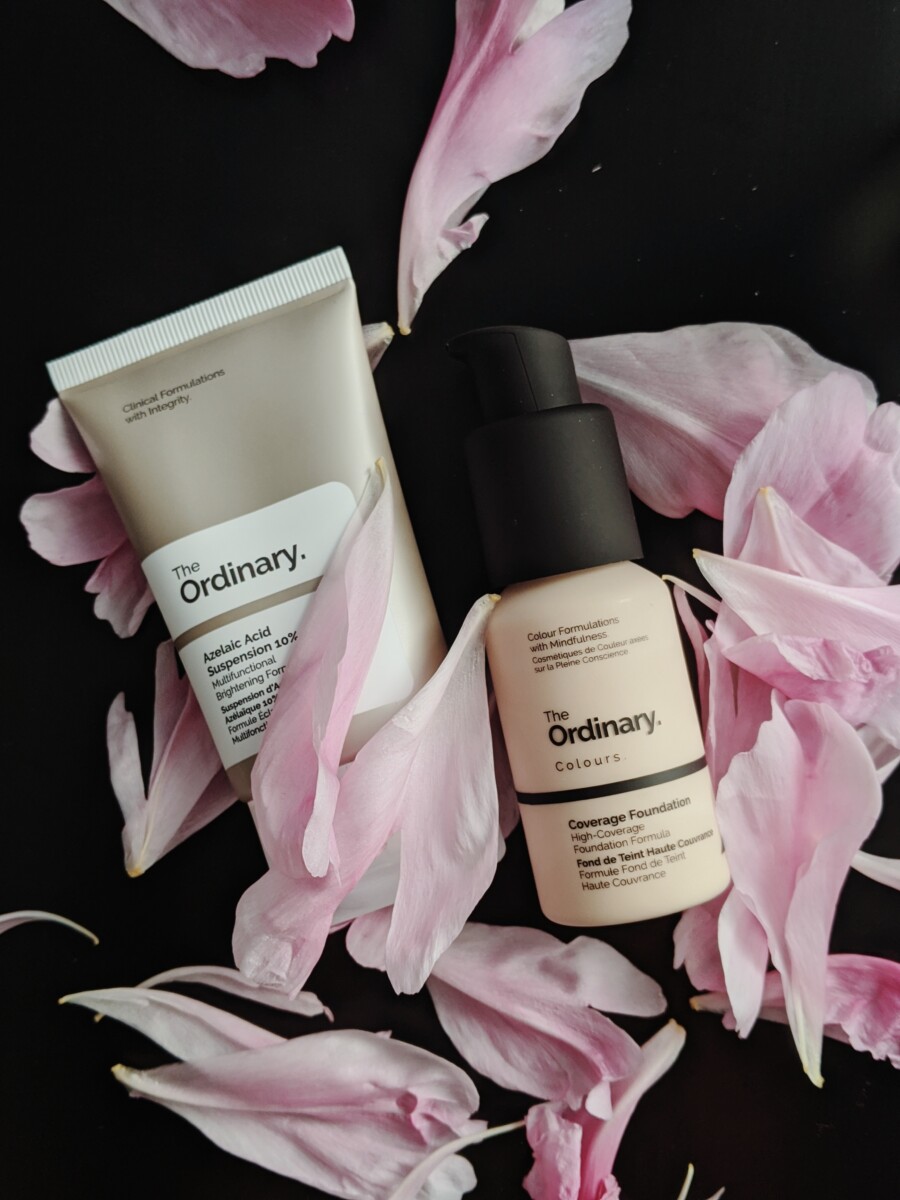In the world of branding and design, every element of a logo holds the power to convey meaning and evoke emotions. One such crucial element is colour. The strategic use of colours in logo design goes beyond aesthetics – it taps into the realm of psychology, influencing how audiences perceive and connect with a brand. Explore the fascinating realm of logo design colour psychology, exploring its profound impact on brand identity.
The Science of Color Perception
Before delving into the specifics of colour psychology in logo design, it’s essential to understand the science behind colour perception. Colours can trigger emotional responses and associations in the human brain. Different colours evoke varying feelings – from tranquillity and trust to energy and excitement. These emotional connections shape how consumers perceive a brand and its values.
Establishing Brand Personality
Selecting the right colours for a logo involves carefully considering the brand’s personality and message. Colours act as a visual language, communicating traits and characteristics that align with the brand’s identity. For instance, vibrant red can signify passion and energy, making it suitable for brands seeking to create a sense of excitement. Conversely, a tranquil shade of blue evokes sentiments of trustworthiness and dependability, rendering it a perfect selection for brands endeavouring to foster a sense of credibility.
Creating Emotional Connections
Colour psychology in logo design creates emotional connections that resonate with the target audience. A well-chosen colour palette can evoke specific emotions that align with the brand’s mission. Green, often associated with nature and growth, can appeal to eco-friendly and health-conscious consumers. By leveraging such emotional triggers, brands can forge deeper connections and foster lasting customer relationships.
Read More:
Boost Your Business with Inflatable Boats for Sale: Speed Boat Operations to Nusa Lembongan, Bali
Cultural and Contextual Influences
It’s important to note that cultural and contextual factors also influence the perception of colours. Different cultures attach unique meanings to stains, impacting how a logo is received globally. A colour that symbolizes luck in one culture might convey negativity in another. A successful logo design considers these cultural nuances, ensuring that the chosen colours resonate positively across diverse audiences.
The Power of Color Combinations
Logo design is not limited to a single colour; it often involves strategically using colour combinations. These combinations further amplify the intended message and evoke a more comprehensive range of emotions. Harmonious colour schemes create a sense of balance and unity, while contrasting colours can convey boldness and innovation. Skillfully blending colours empowers designers to craft logos that tell intricate stories about the brand’s essence.
Case Studies: Unveiling the Impact
Numerous iconic brands have harnessed the power of colour psychology to leave an indelible mark on consumers’ minds. The golden arches of McDonald’s and vibrant red evoke warmth and excitement. In contrast, Apple’s sleek black and white logo exudes sophistication and simplicity. These case studies highlight how colour psychology contributes to brand recognition and shapes consumer perceptions.
Applying Color Psychology Wisely
While colour psychology offers a valuable toolkit for logo designers, applying it wisely and authentically is essential. Selecting colours solely based on trends or assumptions can lead to a dissonance between the brand’s identity and consumer perceptions. Thorough research, understanding the target audience, and aligning colours with the brand’s values are crucial steps in effectively harnessing the power of colour psychology.









